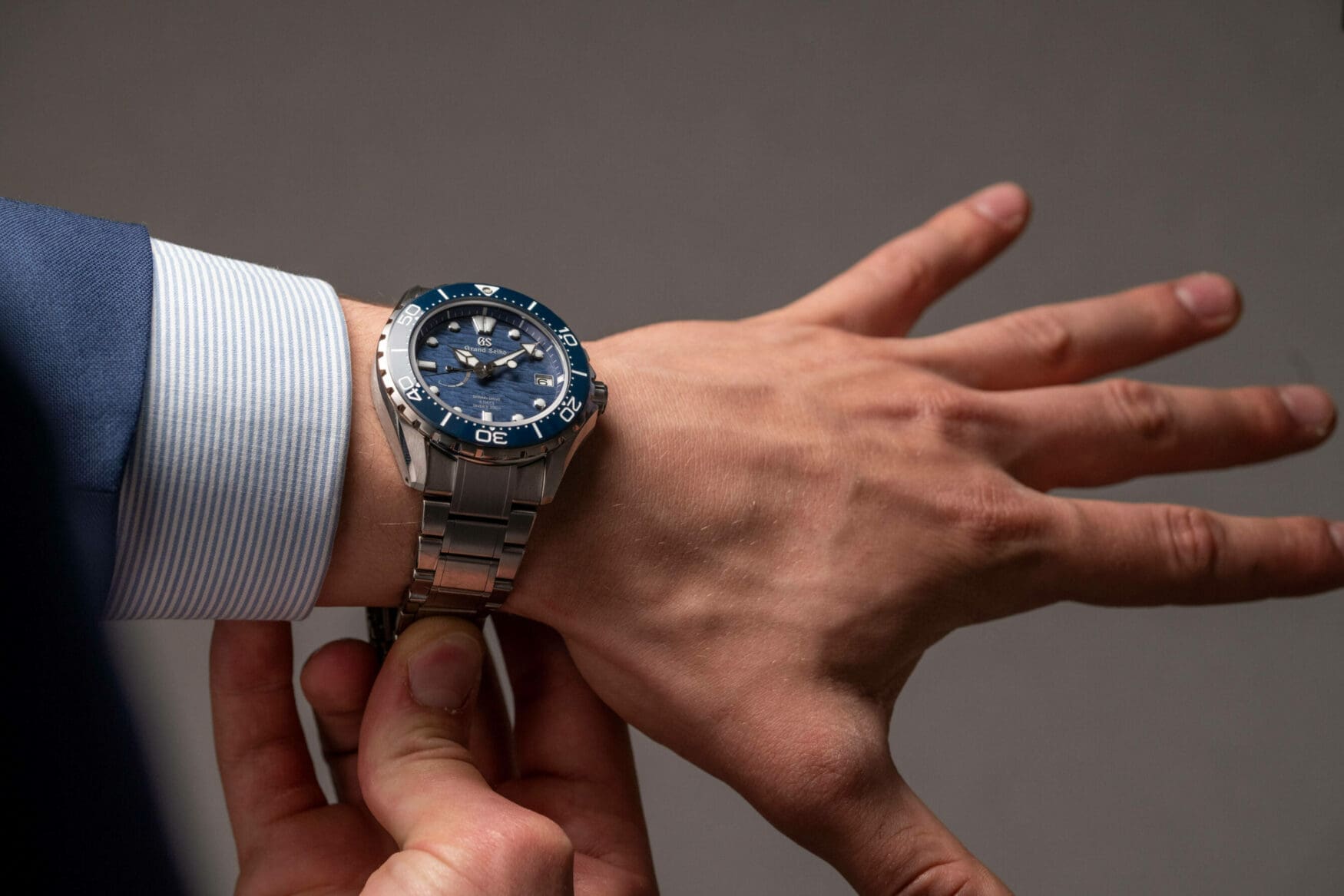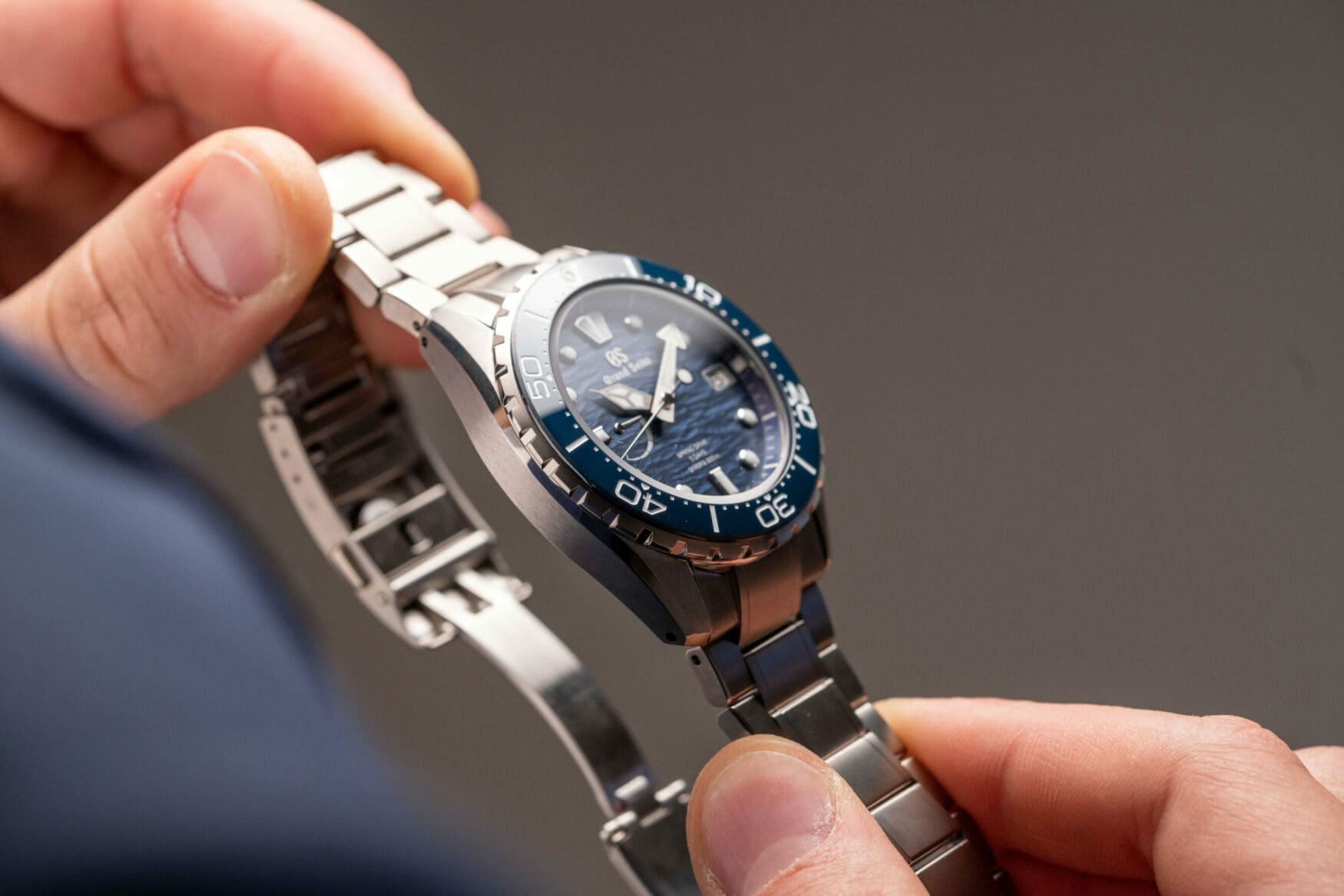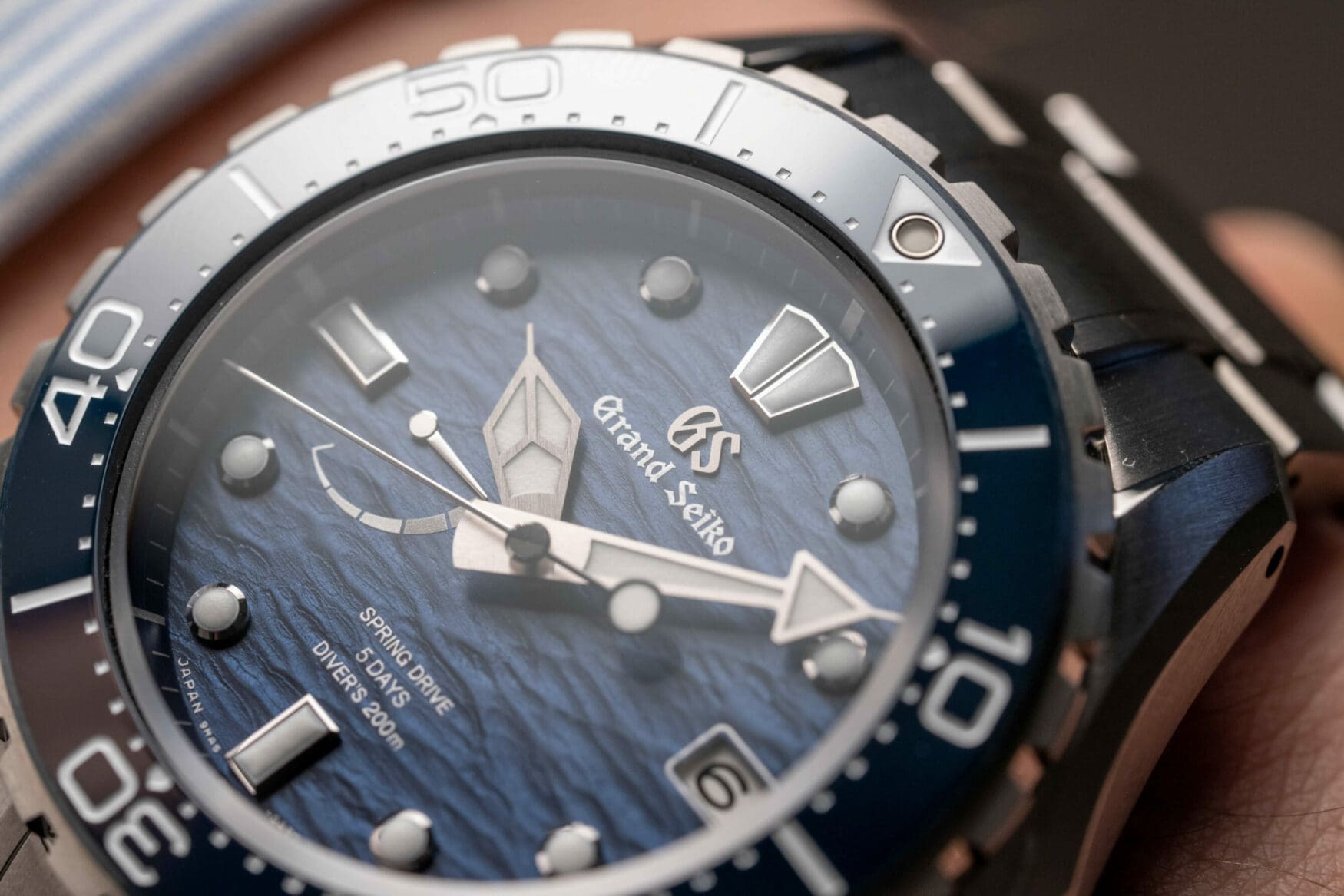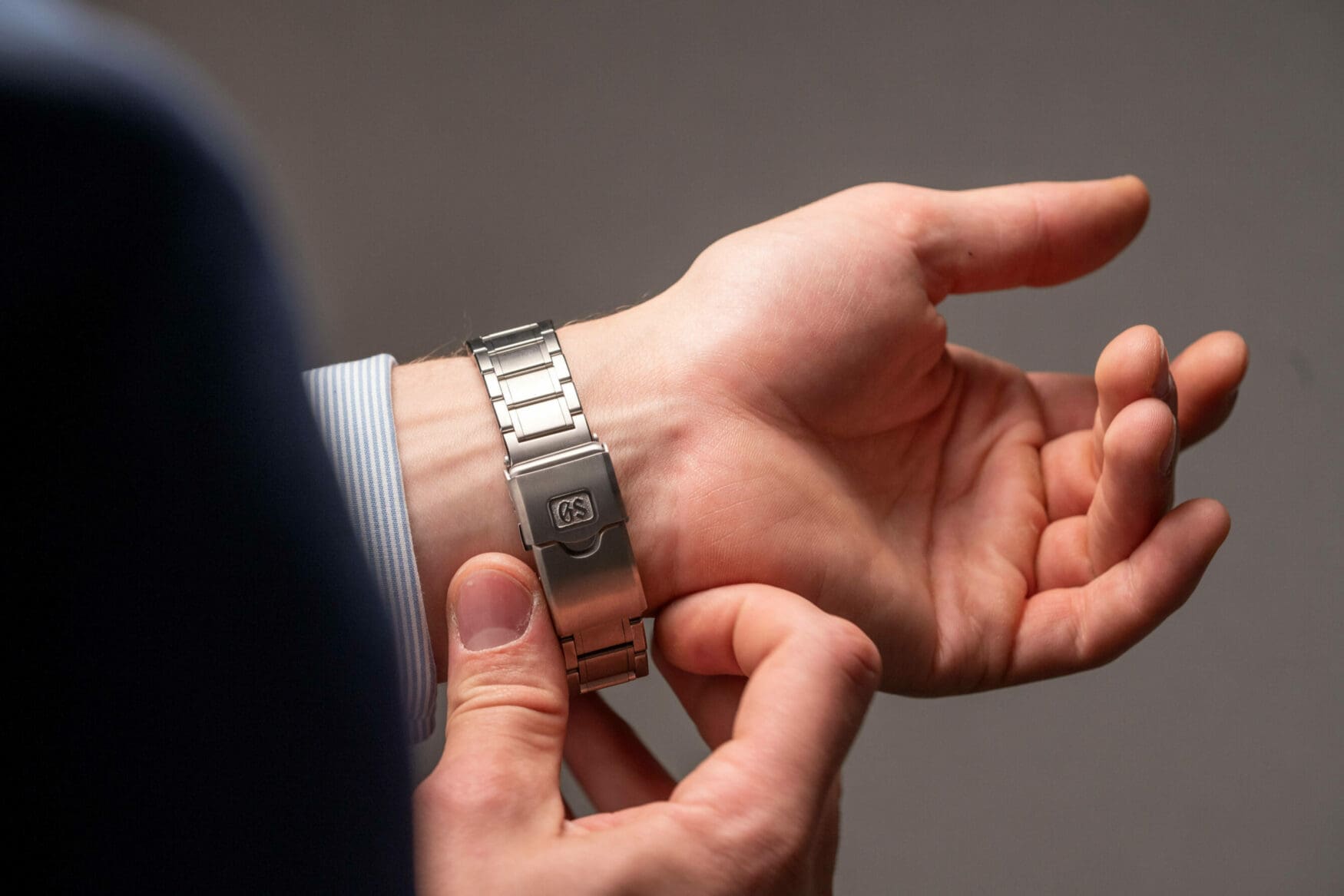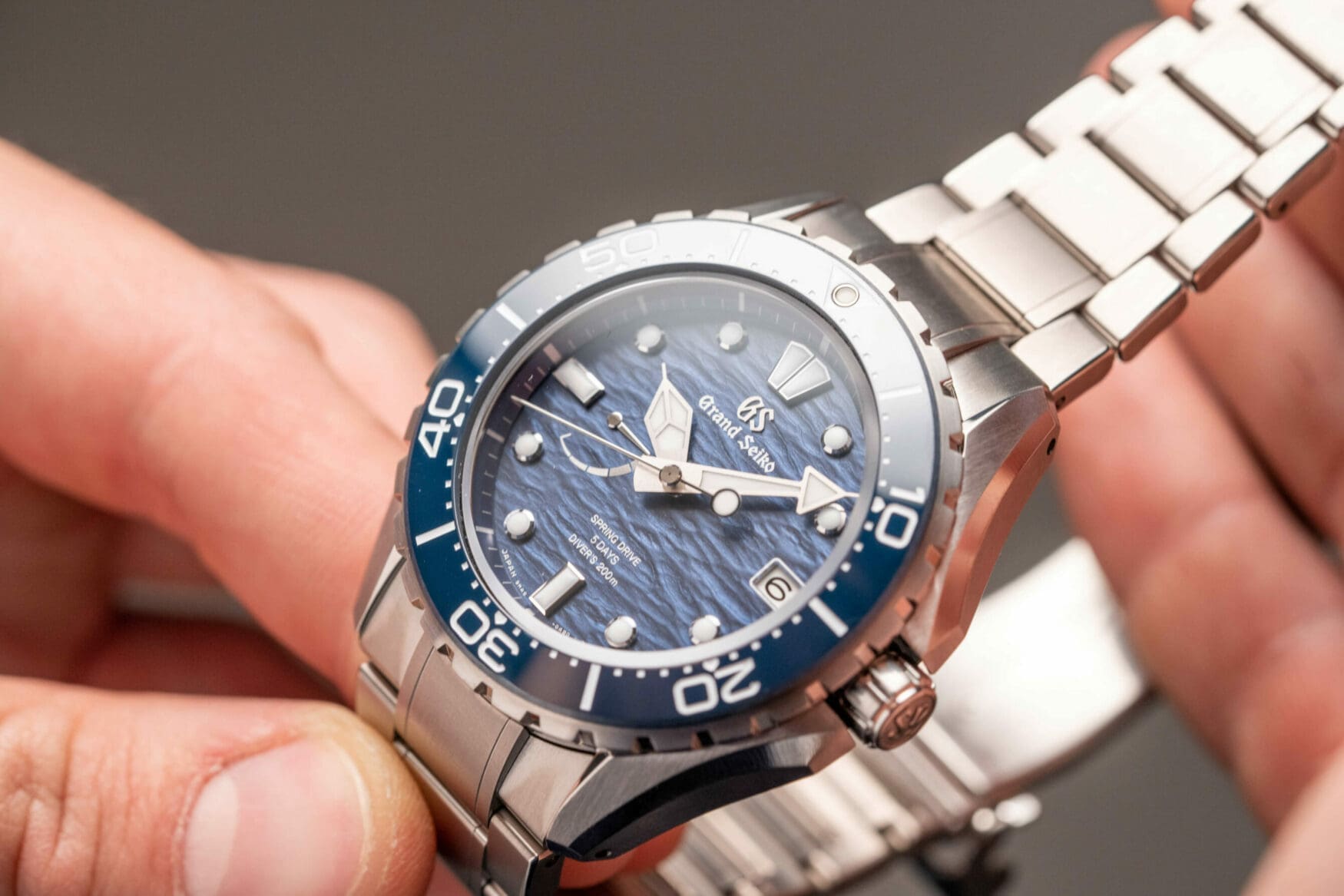WHAT IF… Grand Seiko finally made a smaller dive watch
Zach BlassEditor’s note: What if? It can be a prefix of imagination, wonder and hope. On the other side of the coin, it can also provoke a melancholy game of hindsight. But within this new column, it is simply a space for us to experiment with our curiosity. Marvel fans will be familiar with the thought-provoking series What If, where the animated series explores the multiverse and shows how storylines could change if events were different (i.e what if the super-serum went to the British Agent Carter rather than Brooklyn-born Steve Rogers). Here we explore “What If” scenarios within the landscape of the watch world. First up: what if Grand Seiko finally made a smaller dive watch?
View this post on Instagram
While certainly not a burning question for the the average watch buyer, die-hard enthusiasts have certainly pondered this question at some point or another. Most watch lovers are very in tune with the latest from Grand Seiko, a brand which speaks to horology nerds around the globe. During Watches & Wonders, we shared a reel on our Instagram of the newly revealed SLGA023. And while it was one of the most-liked reels we posted of a Grand Seiko that week, the persistent feedback was: “If only it were smaller”.
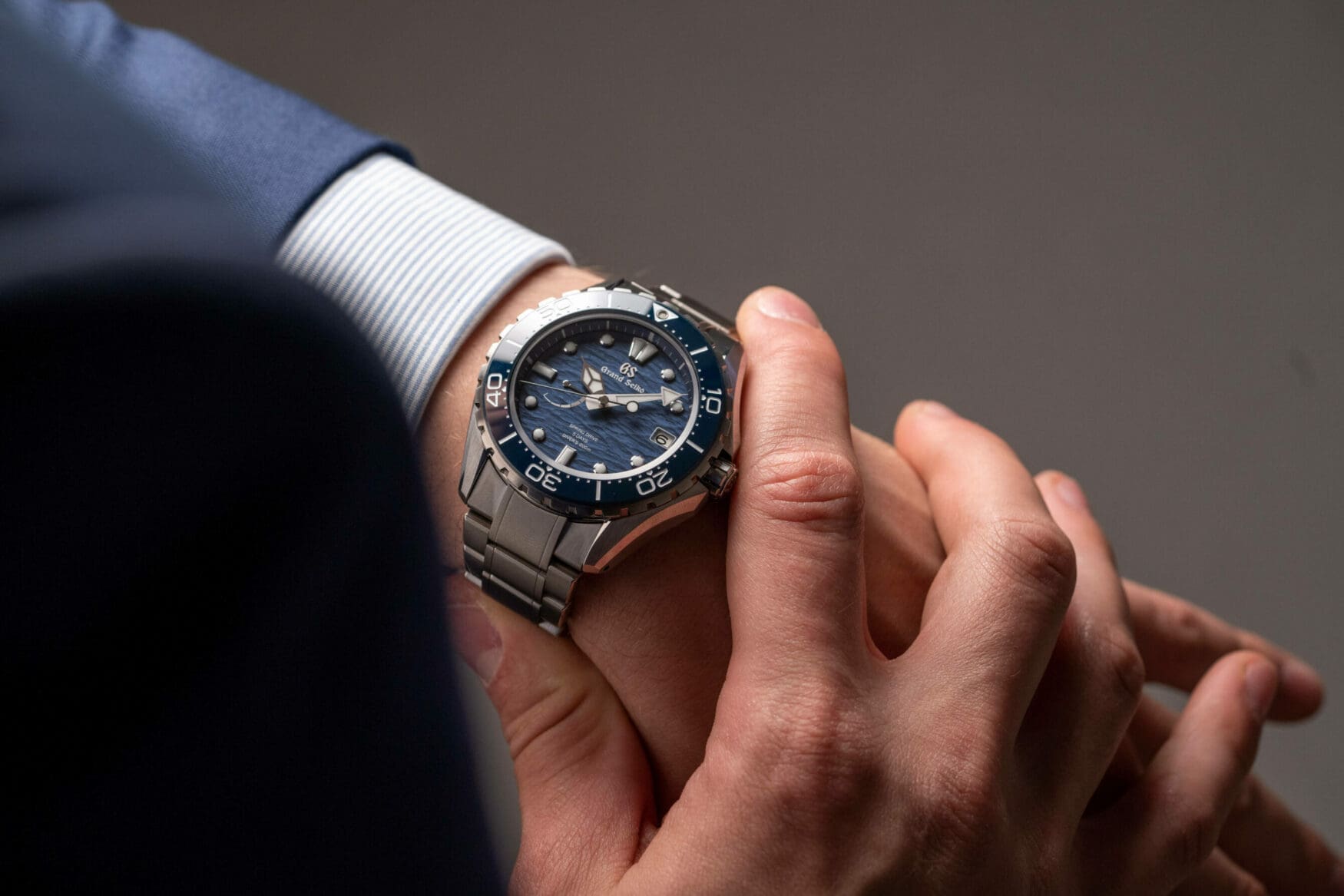
Aware of just how much know-how the Seiko corporation has, I confess it does blow my mind that Grand Seiko has not explored what I believe to be their greatest opportunity to appeal not only to Grand Seiko fanatics, but also to the watch-buying masses. While the first two dive watches were the Rolex Submariner and Blancpain Fifty Fathoms, these days the two big guns in that luxury space are the Submariner and Omega Seamaster. Sure, price is a part of that, but the largest inhibitor for getting a Fifty Fathoms is that 45mm diameter. And the Fifty-Fathoms really is a great parallel analogy for Grand Seiko divers considering how many people wish Blancpain would not reserve the 40mm case for limited editions.
Within the Grand Seiko landscape, their smallest divers to date, with all dimensions considered, are their dive watches with a lug-to-lug span of 50mm like the SBGA461 and SBGA463. This was their first step in the right direction, as previously their dive watches, regardless of how far the diameter measurement was beyond 43mm, were larger than 50mm lug-to-lug. So while a few millimetres wider than the Omega Seamaster, Grand Seiko dive watches, from a lug-to-lug perspective, are now on par with the Seamaster 300M Professional.
But as interest in watches like the Tudor Black Bay 54 and the Tudor Black Bay Fifty-Eight before it have proven, no matter how ergonomic Grand Seiko’s larger dive watches may be, there is still room for improvement and there is significant enough interest in such a development that it is worth them developing it. In fact, were they to do so, I feel it would break the internet (for watch geeks at least).
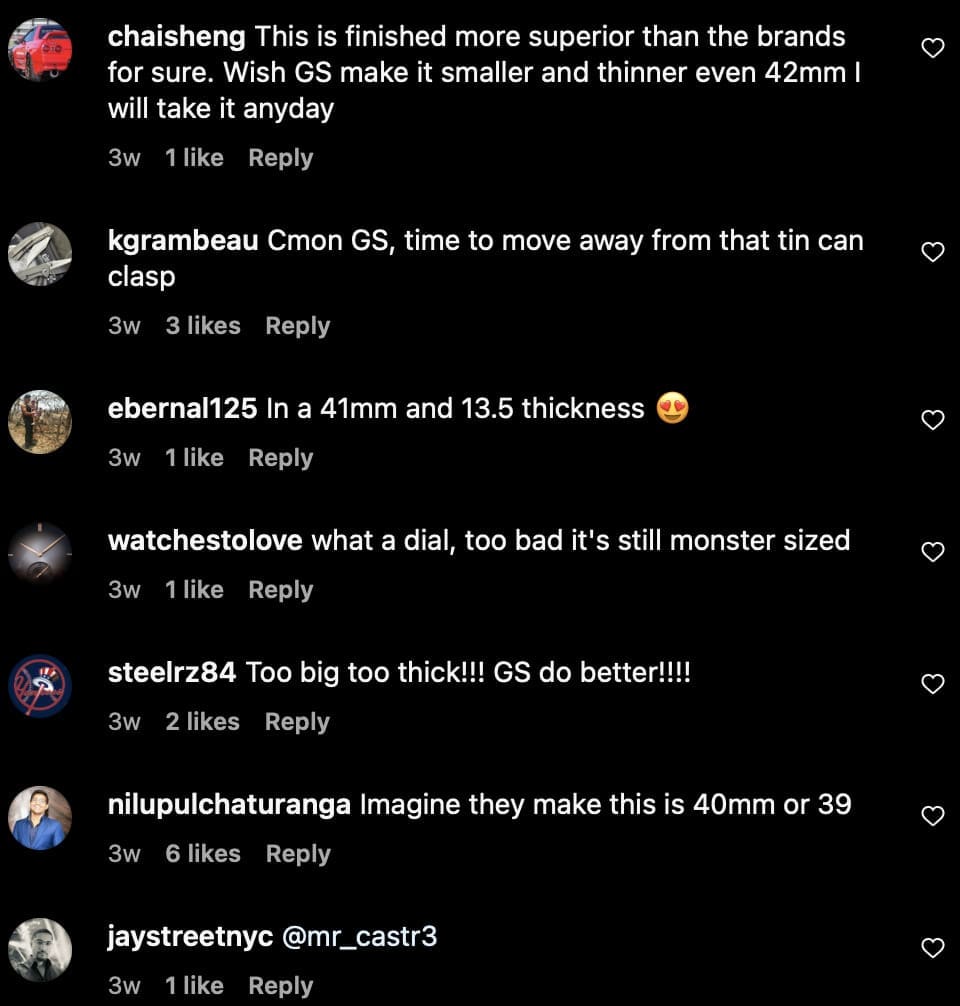
Constructive criticism around Grand Seiko divers typically expresses a desire to see a watch between 39-41mm, with a thinner case, and, at times, an expressed desire that the bracelet clasp could be further refined. Regardless of which movement is used, or whether or not it is in an Evolution 9 case, I agree with @ebernal125 above. I believe the next Grand Seiko diver they develop should be no more than 41mm in diameter and 13.5mm thick. Were they to do this, at a lug-to-lug below 50mm, Grand Seiko would then surpass the case profile of the Seamaster 300M Professional in my book. I think, for now, below 40mm is too big of an ask short of a newly developed calibre or an intense overhaul of their cases with 200 metres of water-resistance. But if a Grand Seiko diver could inch closer towards the dimensions of the Rolex Submariner, I believe it would enjoy huge success.
The Grand Seiko diver offering, excluding certain special Seiko divers, has the unique distinction of using Spring Drive movements. The prospect of owning a dive watch that is accurate within half a second per day is incredibly appealing. This technical element, blended with the aesthetics of Zaratsu-finishing and the nature-inspired or intriguingly textured dials have already generated huge interest in Grand Seiko divers. Even if Grand Seiko cannot match Omega or Rolex with a 300m depth rating, the aforementioned highlights are enough to forgive the (more than sufficient) 200m depth rating.
Something Grand Seiko has also yet to explore is their own rubber strap. This would be something else that I’d love my imaginary Grand Seiko diver to introduce. It would also allow them to really hone in on a new clasp tailored to the rubber strap, which could perhaps be later deployed on their bracelet as well. If they could hit a design no more than 41mm in diameter, 13.5mm thick, and 48mm lug-to-lug, with a new rubber strap and three day or more Spring Drive movement, I really think Omega, Rolex and others would be quaking in their boots.
Sure, Rolex perhaps has the brand aura and power to withstand the introduction of such a watch. But for brands like Omega and others who have found opportunity in filling the gap between Rolex demand and the limited supply, Grand Seiko would, in my view, acquire a lot of those sales were such a GS diver available. It would also have the potential to drive broader interest in the brand in general.
By no means am I trying to dissuade anyone from purchasing any of the references in the existing Grand Seiko diver lineup. At present, they are already great watches. I just also feel there is space for a smaller take. In an editorial landscape filled with “five best” or “five best alternative” watch lists, my What If Grand Seiko dive watch would have to be a must-include. So, the only question is: when does Grand Seiko decide it is a must-make?






